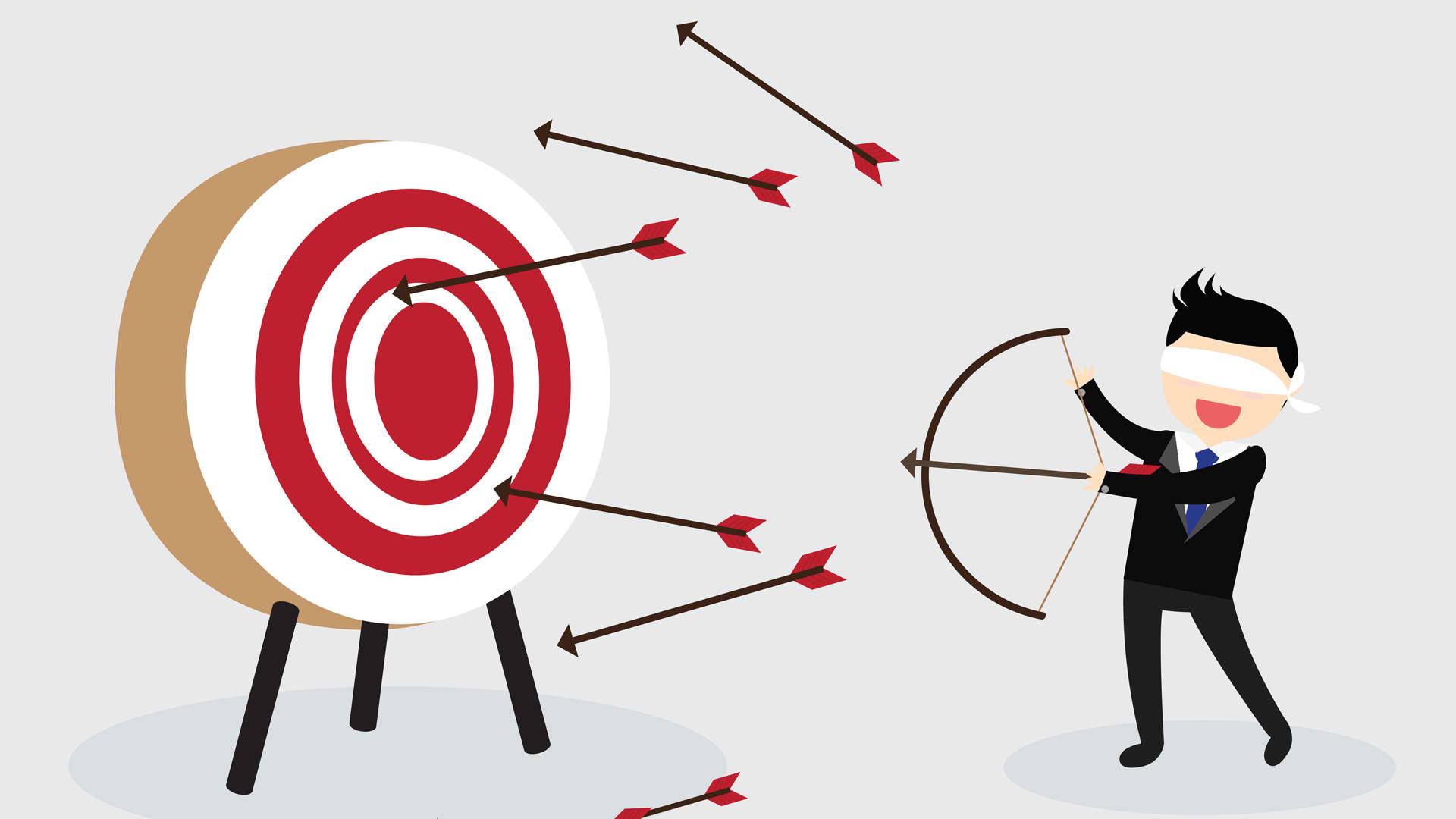
A Quick Look At Amazon’s “Interest” And “Product” Based Targeting Systems
If you have read my previous article about Amazon Marketing Services, you would by now understand that there are a couple of ways to leverage display ads. And that is either through “Interest” or “Products” targeting.
Now if you are new to the Sellerlift site, I advise you to first go read the article “Amazon Marketing Services: Breaking Down Its Different Components” to better make sense of what I’m about to talk about on this one.
Going back…
Choosing which Amazon Product Display Ad to use, coupled with well researched keywords, ensures optimum product reach and visibility for your target audience. The question that many ask though is “what works best”?
My initial intention for this article was for it to tackle the technical part of targeted advertising and dissect each of its moving parts. But then I realized that many Amazon sellers are not even aware that such a system exist, much more understand how it works.
So with that being said, I decided to start slow and tackle the basics. I’m even thinking of doing this as a series. (Of course that depends on your patronage)
But anyway, enough of my blabbering, let’s start.
The Basics Of How Interest and Product Based Targeting Works

Well to start with, you can’t use both at the same time for a single campaign. And you also can’t shift formats later unless you terminate the ad and start all over again.
Interest Targeting
Interest Targeting is all about using categories and keywords slightly related to your product.
Since the format involves the use of broad categories, this means that if your product is a book, So the categories you need to target should revolve around:
For fiction:
- Romance
- Fantasy & Science Fiction
- Suspense, Mystery & Thriller
- Graphic Novels & Comics
For nonfiction:
- Travel
- History
- Cookbooks
- Science
- Health & Fitness
- Sports & Outdoors recreation
- Religion & Spirituality
- Parenting & Relationships
- Biographies & Memoirs
Now you can use much broader categories like Nonfiction, Fiction or Professional & Technical if you want. Just keep in mind though that the broader your target becomes, the bigger the chances of your ad getting clicks without converting…… making you lose money.
Product Targeting
This format is dedicated to targeting specific products on Amazon. Meaning if you sell a tent, categories/keywords you should target would be along the lines of “two person tent” or “lightweight tent” etc rather than “outdoor gear” or “camping equipment”.
Most Amazon sellers use Product targeting on their competitors to try and steal sales for a specific product.
Again using the tent product for an example of how this works: What you do is target a high selling product that is closely related to your tent. It could be a another tent itself or something related to it like a tent lamp.
By doing so, your ad appears on the page of your competitor’s product page. Now if you play your cards right in terms of product image, description and price, you have the chance of either stealing the sale, or maybe get the buyer to buy your product as an add on.
Product Targeting pinpoints specific categories, or keywords, related to your product. Thus it entails good knowledge of keyword research on your part for it to work.
Targeted Ads: Do they really help with sales?

That is a question I also asked when I was starting out as an Amazon seller. And the answer is a reluctant yes. Why reluctant you ask? Well paid advertising is not a magic pill that can instantly rake in sales.
Allow me to put things into perspective.
Targeted Ads doesn’t mean instant conversions
There are a numerous factors on why paid listings don’t convert. Maybe the listing was a bit pricey, maybe the shipping and location added too much to the cost, maybe the description was not informative and enticing enough, maybe your customer feedback is not desirable, etc. Each one of those could be a huge determining factor on why a potential buyer chose not to click the buy button.
What paid advertising, and in this case, Amazon Display Ads, does is show your listing to your intended market.
So now you might be thinking that it is just a waste of money then. I mean, you got someone to click on your ad but it failed to convert into a sale. Well technically, it’s not the fault of the paid ad system, but yours.
Think of it this way.
If your paid ad, be it Product or Interest based format, was clicked by someone, this means that he/she is already interested, or at the very least curious about your product.
Now if the said customer decides not to purchase your product, then what pushed him/her away must be something related to the information you have on your listing.
If this happens, don’t blame paid ads as they actually worked as intended and did their part.
What you should do is to go and re-evaluate the content of your listing and revise it immediately to make it more engaging, informative and enticing.
Targeted Ads are effective funnel systems
Yes, they are.
And what’s wonderful with pay per click systems, in this case, Interest and Product Based Targeting campaigns is that you only pay for actual clicks on your ad and not on mere impressions.
This means that if anyone outside your target market gets to see your ad, but chooses not to click on it, you don’t need to pay for anything.
The flip side though is that if they do click on your ad and chooses not to buy, then that’s a loss on your part. And this is why it is vital for you to identify what your target market is and what are the best keywords/categories to use on your campaigns.
What Should You Expect When Using “Interest” Or “Product” Based Targeting
There are no guaranteed results (this depends on how well you optimize your listing)
Like I said earlier, they do work. But there are just way too many factors in the equation that could stop your product from converting. Minimize those factors, and they will absolutely work wonders for you.
Targeted Ads are more effective at branding than sales
It’s like fishing. You may catch a fish from time to time, but you’re not going to catch the entire school.
The more “similar” your product is to your target, the better
Keep in mind that you are just “riding along” and not actually marketing your listing. So with a more competitive price, far superior description and enticing images, you might just be able to steal a sale from the product you’re piggybacking from.
It is not the “only” solution you should take advantage of
Targeted Ads is just one way for you to try and get a sale. There are other methods out there, far superior if I may add, available to you. Take advantage of them.
It can be risky
It is possible to have tons of click through but a handful of sales. So be very vigilant of your campaign data, or you might find yourself in the red.
To end, this article is but a mere introduction to targeted advertising for Amazon. And the plan is to make a series of articles regarding it.
So if you want me to continue doing this, please leave a comment below as to what you want to know about targeted advertising systems and Amazon Marketing Services (AMS) in general.
As always, have a great day and see you next time.
Johann is a Psychology major turned online writer and branding/marketing consultant since 2008. He now happily calls SellerLift home, and is the person behind their blog content.
In his spare time, and to remind himself that there is more to life than his computer monitor, he throws himself down steep country roads on his longboard, takes black and white photos, and produces lounge music for an independent music label.
